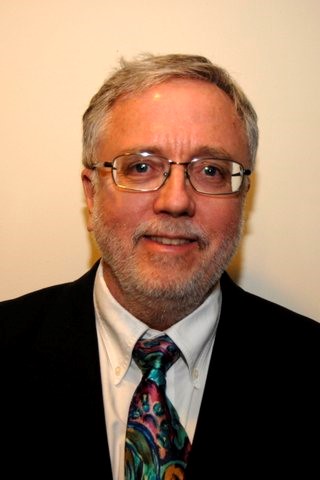Hourly Temperature Data do not support the Views of the Climate Deniers, Sceptics, and Trivializers: Evidence from Barrow Alaska
Kevin F. Forbes
Senior Energy Systems Researcher
UCD Energy Institute
University College Dublin, Dublin Ireland
Associate Professor of Economics, The Catholic University of America
Wed, October 20, 2021 - 4:00 PM
Karl Herzfeld Auditorium of Hannan Hall - Rm 108
Key Points:
1) At the Barrow observatory, the average annual temperature since 2015 has been about 3.37 oC higher than the 1985/1990 period.
2) Virtually all of the increase in temperature over the period 1 Jan 1985 through 31 Aug 2017 can be attributed to higher CO2 concentrations.
3) The model’s out-of-sample predictions are more accurate if the estimated associations between CO2 and temperature are not ignored.
 A significant percentage of the population does not fully embrace the scientific consensus regarding climate change. This paper assesses whether the hourly temperature data support this scepticism. Specifically, this paper examines the relationship between hourly CO2 atmospheric concentration levels and temperature using hourly data from the NOAA-operated Barrow observatory in northern Alaska. At this observatory, the annual average temperature increased by about 2.4 oC between 1985 and 2020. A time-series model to explain hourly temperature is formulated using a lagged hourly CO2 value, the hourly level of total downward total irradiance, and binary variables as inputs. A time-series modeling specification is employed to capture the data’s heteroskedastic and autoregressive nature. The model is estimated using hourly data for the period 1 Jan 1985 through 31 Dec 2015. There are 228,085 observations in the sample. The results are consistent with the hypothesis that increases in CO2 concentration levels have consequences for hourly temperature. The estimated annual contributions of factors exclusive of CO2 and downward total solar irradiance are very small. The model’s explanatory power is equivalent to an R-Squared of 0.9968. The model was evaluated using out-of-sample hourly data over the period 1 Jan 2016 through 31 Aug 2017. Consistent with causality, the out-of-sample
A significant percentage of the population does not fully embrace the scientific consensus regarding climate change. This paper assesses whether the hourly temperature data support this scepticism. Specifically, this paper examines the relationship between hourly CO2 atmospheric concentration levels and temperature using hourly data from the NOAA-operated Barrow observatory in northern Alaska. At this observatory, the annual average temperature increased by about 2.4 oC between 1985 and 2020. A time-series model to explain hourly temperature is formulated using a lagged hourly CO2 value, the hourly level of total downward total irradiance, and binary variables as inputs. A time-series modeling specification is employed to capture the data’s heteroskedastic and autoregressive nature. The model is estimated using hourly data for the period 1 Jan 1985 through 31 Dec 2015. There are 228,085 observations in the sample. The results are consistent with the hypothesis that increases in CO2 concentration levels have consequences for hourly temperature. The estimated annual contributions of factors exclusive of CO2 and downward total solar irradiance are very small. The model’s explanatory power is equivalent to an R-Squared of 0.9968. The model was evaluated using out-of-sample hourly data over the period 1 Jan 2016 through 31 Aug 2017. Consistent with causality, the out-of-sample
predictions are more accurate if the estimated effects of CO2 are included in the prediction equation.
Join Zoom Meeting
https://cua.zoom.us/j/84339340017?pwd=ZE9BRlExZTQ1S1JMWkpFcmM0ZCtNQT09
Meeting ID: 843 3934 0017
Passcode: 907675
One tap mobile
+13017158592,,84339340017# US (Washington DC)
+19294362866,,84339340017# US (New York)
Dial by your location
+1 301 715 8592 US (Washington DC)
+1 929 436 2866 US (New York)
+1 312 626 6799 US (Chicago)
+1 253 215 8782 US (Tacoma)
+1 346 248 7799 US (Houston)
+1 669 900 6833 US (San Jose)
Meeting ID: 843 3934 0017
Find your local number: https://cua.zoom.us/u/kcs860cZp1
If you have any questions about the Colloquium Series or would like to make a donation please contact the Physics Department, cua-physics@cua.edu or (202) 319-5315.
